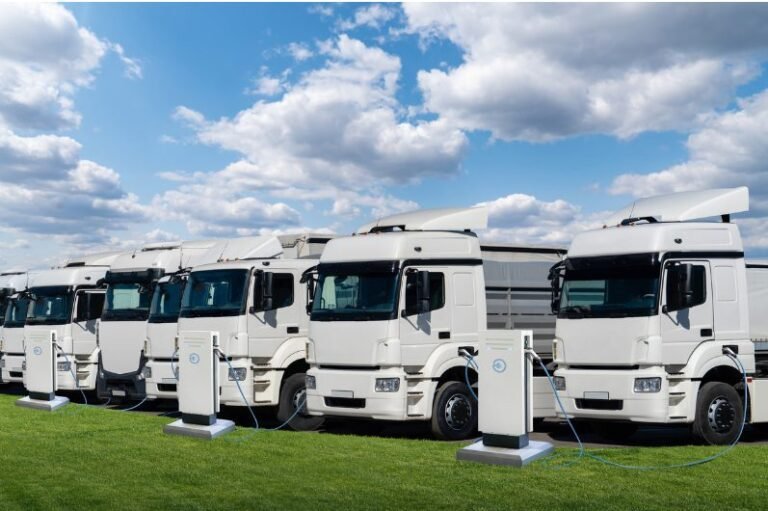This study is a life cycle comparison of GHG emissions from combustion, electric and hydrogen trucks and buses in Europe. The analysis evaluates the lifetime emissions of different engines on a fully harmonized basis, comparing both emissions attributable to fuel production and consumption as well as emissions attributable to vehicle manufacture. It examines current best-in-class diesel models compared to natural gas-powered, battery electric and hydrogen fuel cell alternatives in the European market.
The main findings of the report are as follows:
Battery-powered electric trucks and buses outperform their diesel, hydrogen and natural gas counterparts in reducing greenhouse gas emissions over their lifetime. 2021 vehicle models produce at least 63% lower emissions than diesel even when using the EU’s average electricity grid mix, which is not fully renewable but will continue to improve over the life of the vehicles. Projections show a 92% reduction in emissions when using 100% renewable electricity. Fuel cell electric trucks and buses run on hydrogen produced from fossil fuels, reducing greenhouse gas emissions by 15% to 33% compared to their diesel counterparts in a life cycle analysis. Emission reductions depend largely on the source of hydrogen, which is mostly produced from natural gas today. With hydrogen produced using only renewable electricity, emissions are reduced by up to 89%. Natural gas trucks and buses provide marginal greenhouse gas reductions, at best, compared to diesel. For the 2021 scenario, we find that natural gas trucks and buses may reduce emissions from 4% to 18% compared to their diesel counterparts. The bulk of the life cycle greenhouse gas emissions produced by trucks and buses over their lifetime correspond to the use (or fuel consumption) phase, not the vehicle manufacturing phase. For diesel and natural gas trucks, spent fuel accounts for more than 90% of emissions over their lifetime. Thus, the higher emissions from vehicle and battery production of battery electric trucks are offset by their high efficiency and low fuel cycle emissions.
Read the press release here.





